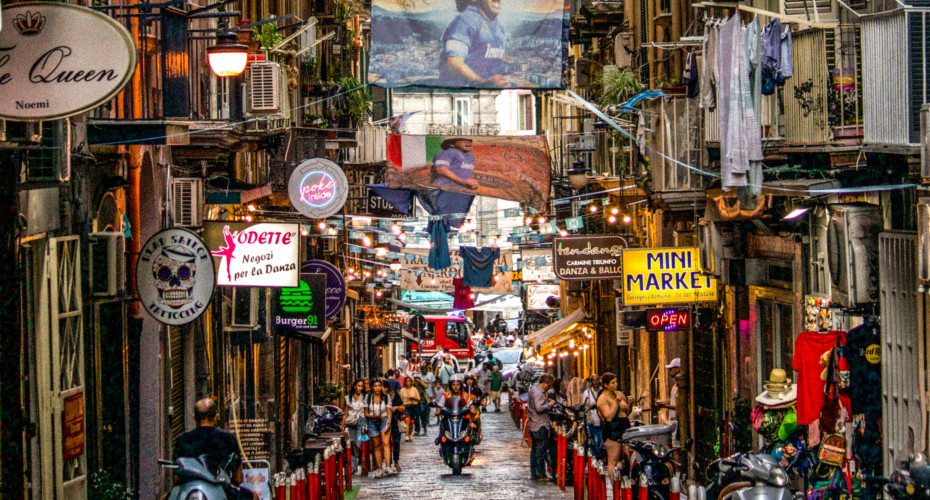Violence is contagious among members of Italian mafia groups, study shows

Researchers were given special permission to use the data from the Italian Ministry of Justice.
Violence spreads in a contagious way like a disease among members of the Italian mafia, a new study shows.
Researchers have found committing violent acts with others increases the likelihood people in these groups will go on to carry out more violent offences in the future.
The analysis of the criminal careers of organised crime offenders shows previous violence has a “persistent and long-lasting” impact on their behaviour.
Prior violent co-offending has a greater impact than prior violent solo offending on the probability of future violence. Prior violent co-offending increases the probability of future violent co-offending but does not impact the probability of future violent solo offending.
Those who carried out violent acts with others were more than three times more likely to do the same in the future compared to those who committed the crime solo – violent co-offenders were 14.2 percentage points more likely to commit a violent offense in the next period, while violent solo offenders were only 4.9 percentage points more likely to engage in violence in the next period. A violent first offense, earlier onset, and younger age also increased the probability of committing future violence.
Cecilia Meneghini, from the University of Exeter, and Francesco Calderoni, from the Università Cattolica del Sacro Cuore and Transcrime, used data about the criminal careers of 9,819 Italians convicted of organized crime. They were given special permission to use the data from the Italian Ministry of Justice.
Dr Meneghini said: “Our research shows the importance of the presence of other people in the way members of the mafia behave. This has been seen in research about other offenders, now we have found it is also true for those involved in organised crime.”
“The dynamics of violence spreads around the mafia like a contagion. People may be goading each other on, giving each other more motivation to be violent. They may know it’s morally wrong but it’s easier to justify when everyone is doing the same – and we see an impact of these rationalizations on future offending behaviour too.”
This study shows being part of some form of criminal association may “create a persistent, dynamic diffusion or responsibility which encourages future violent crimes in cooperation with others”.
Researchers used data about 178,427 final convictions of offenders found to be part of the mafia, including the year of crime commission, the type of offense, and whether the crime was committed in cooperation with others. Violent co-offending was about four times more frequent than violent solo offending.
The oldest offender in the data set was born in 1927 and the youngest one in 1994, while over 80 per cent of the offenders were born between 1950 and 1980.
Of the 9819 offenders only 173 were women. The earliest offense in the data set was committed in 1964 and the most recent in 2016. Crimes were coded as “violent” if they fall under one of these crime categories: assault and violent offenses, murder, and robbery.
Dr Calderoni said: “Our study reveals that group-based violent actions have a stronger impact on future violence than solo violence. While both group and solo past violence lead to more group violence later, only solo past violence predicts future solo violence. This challenges the idea that violence in groups spreads to individual actions.”
“Of course organised crime is more likely to involve multiple offenders. Mafia groups provide a social environment favourable to co-offending. Joining the mafia impacts the individual’s social status and self-perception and triggers criminally-relevant obligations and relations. These include co-offending and especially violent co-offending. Collective violence has a functional, rational connotation within mafia groups.”



